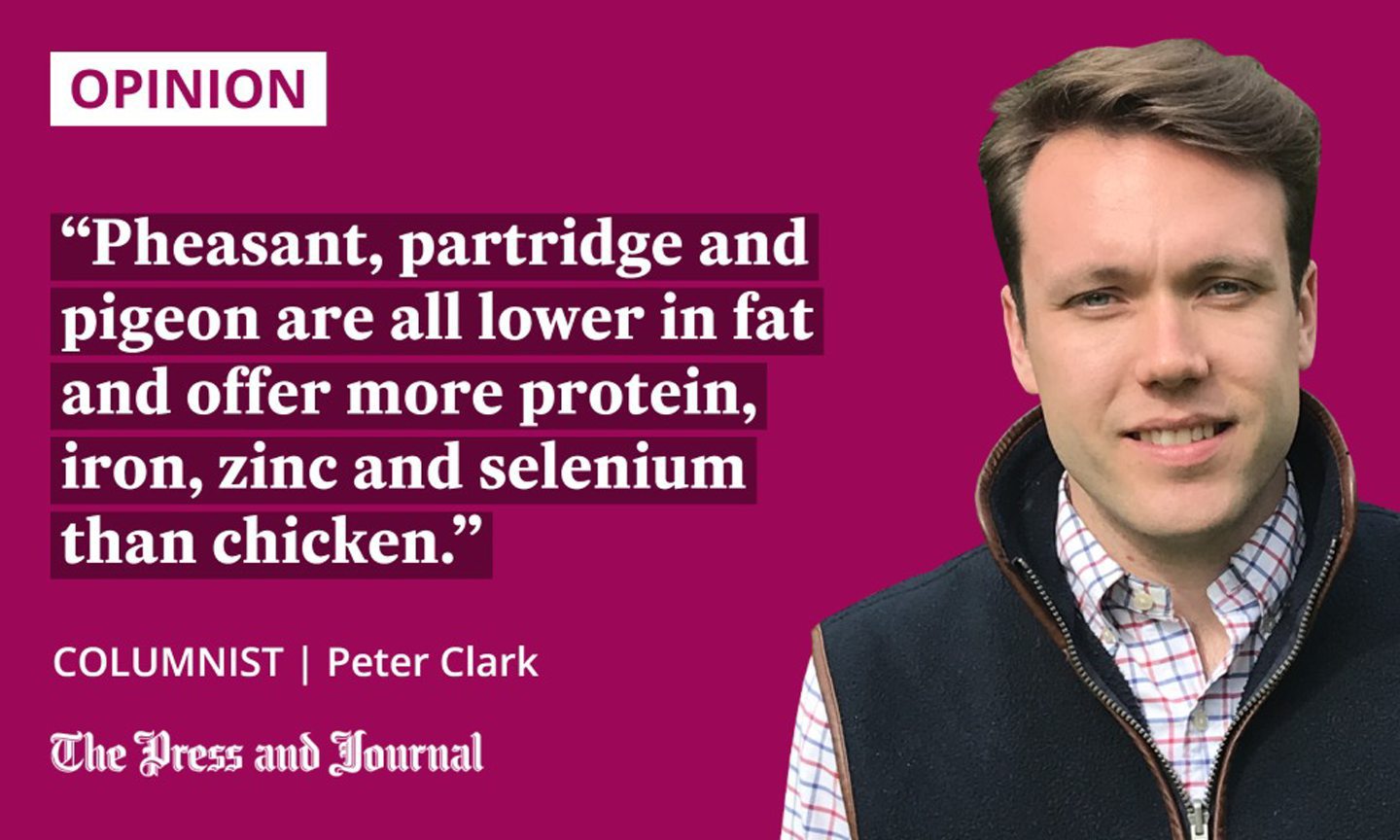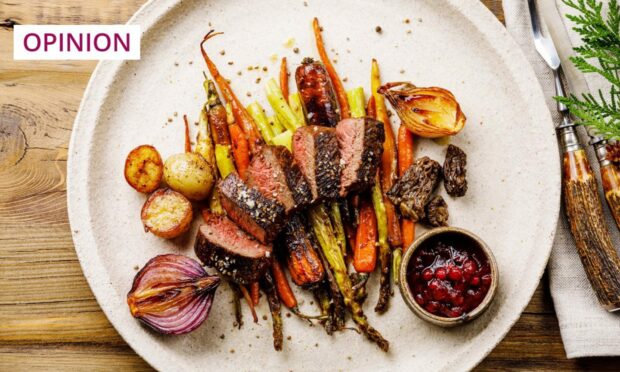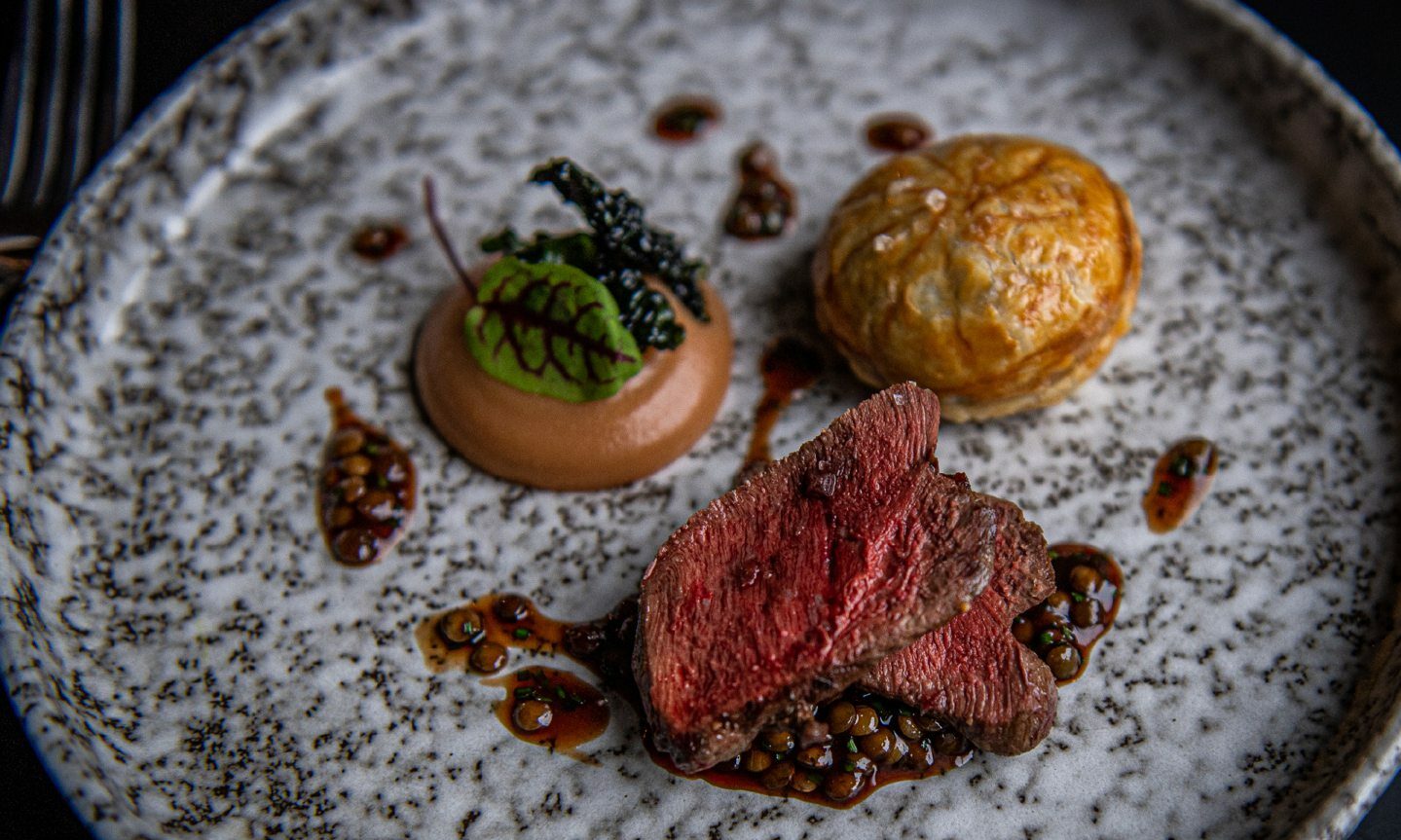You can make responsible choices when purchasing meat, buying locally and from sustainable sources, writes Peter Clark of the British Association for Shooting and Conservation in Scotland.
With the festivities of Christmas and New Year now past, our attention turns to the year ahead. Resolutions of revitalisation and regeneration are made, with people flocking to the gym or attempting Dry January.
For some, it is the annual ritual of Veganuary. There is a faux philosophy circulating that adopting veganism for a month, by eradicating meat, dairy and eggs from our diets, reduces one’s carbon footprint.
In Scotland, we are lucky when it comes to carbon footprint, thanks to our natural landscapes, high volume of rainfall and high quality grazing land. People can make responsible choices when purchasing meat, being cognisant of its provenance and seeking to buy locally and from sustainable sources wherever possible.

As an Aberdeenshire farmer’s son, I will always be a strong advocate of Aberdeen Angus Scotch beef. However, Scottish game meat, including pheasant, pigeon and duck, as well as wild venison, are also local and sustainable.
Wild deer need to be culled to maintain sustainable populations and to reduce crop and forestry damage. For example, Forestry and Land Scotland has stipulated that more than 150,000 deer must be culled across Scotland over the next five years.
Scotland must harness this opportunity, and allow local recreational deer stalkers to set up community deer larders to provide this low carbon and sustainable food source.
Try something new in the kitchen
Incidentally, the carbon footprint of farmed venison is 38% lower than beef, and 49% lower than lamb, with new research looking at the footprint of wild venison.
I’m no Gordon Ramsay – learning to cook and utilise game meat need not require a plethora of new cookbooks
Wild deer and gamebirds enjoy a varied, foraged diet of wild berries and insects, alongside an abundance of exercise across moorlands, glens and open lowland farmland. The result is that pheasant, partridge and pigeon are all lower in fat and offer more protein, iron, zinc and selenium than chicken.
For me, part of the enjoyment of shooting is knowing that I will return home with a brace of pheasants, which will be carefully prepared and shared as a hearty and warming dish, with friends and family.
I’m no Gordon Ramsay – learning to cook and utilise game meat need not require a plethora of new cookbooks; it is about simply and effectively substituting the fundamental ingredients.
In something as straightforward as fajitas, for example, scrap the chicken and try pheasant. Or, switch the type of mince and make a delicious Deeside venison lasagne instead.
As the shooting season draws to a close, please do call into your local butcher or game dealer. We are blessed with so many in the north and north-east. Make it your New Year’s resolution to eat more game and support our rural economy in the process.
Peter Clark is public affairs manager for the British Association for Shooting and Conservation (BASC) in Scotland


Conversation